A power struggle is brewing between federal and state officials over the future of a Colorado coal plant—and Wyoming’s coal industry is caught in the middle.
The Ray D. Nixon Power Plant in Colorado Springs has burned coal from Wyoming’s Powder River Basin since 2003. Under Colorado’s climate plan, the plant was set to shut down by 2030 to cut haze-related air pollution. But the EPA, under the Trump administration, recently pulled federal support for that closure, opening the door for the plant to remain in operation longer.
This move has major implications for Wyoming, which supplies 40% of the coal burned nationwide.
“This is right in line with President Trump’s push for reliable, affordable power—and coal is one of the most dependable sources we have,” said Cyrus Western, EPA Region 8 Administrator and former Wyoming lawmaker.
Western said Colorado had no authority to use federal regulations to shut down 13 coal-fired generating units.
“We’re saying that won’t happen on our watch,” he said. “This is a big step in pushing back against the war on coal.”
A Breather for Colorado Springs Utilities?
The EPA’s decision could offer some relief to Colorado Springs Utilities, which has been struggling with reliability concerns tied to the 2030 shutdown date.
“It gives us some flexibility to continue conversations with the state,” said Danielle Nieves, senior public affairs specialist for the utility.
Despite the ruling, the utility still plans to retire the coal portion of the Nixon plant by the end of 2029, but officials are worried the timeline may not give them enough time to ensure grid reliability.
The plant will keep burning Wyoming coal under contract until it closes.
What’s the Fight About?
At the center of this regulatory standoff is the Regional Haze Rule, a Clean Air Act requirement that aims to improve air quality and visibility in protected parks and wilderness areas. Colorado’s strategy to meet the rule includes retiring coal plants to reduce long-distance pollution, which contributes to respiratory problems, acid rain, and even premature death.
But the EPA, now under Trump, said the Nixon plant closure isn’t essential for Colorado to meet its haze goals—and warned the shutdown could threaten energy reliability in the region.
Colorado Isn’t Backing Down
Despite the EPA’s reversal, Colorado leaders say they’re sticking to their clean air goals.
“We’re not backing away from our Regional Haze Plan,” said Michael Ogletree, senior director at the Colorado Department of Public Health and Environment. “We’re committed to clean air, climate progress, and protecting the beauty of places like Rocky Mountain National Park.”
Still, the 2019 state law mandating 50% cuts in greenhouse gas emissions by 2030 remains in place, forcing utilities like Colorado Springs to plan major transitions—regardless of federal support.
Environmental Groups Speak Out
Environmental advocates say the EPA’s decision is a direct hit to Colorado’s clean energy goals.
“This is a slap in the face to Colorado’s right to control its own clean air policy,” said Jeremy Nichols of the Center for Biological Diversity.
As tensions rise between federal and state energy agendas, the future of coal—and the states that depend on it—is once again in the national spotlight.

Katie is a senior who has been on staff for three years. Her favorite type of stories to write is reviews and features. Katie’s favorite ice cream flavor is strawberry.

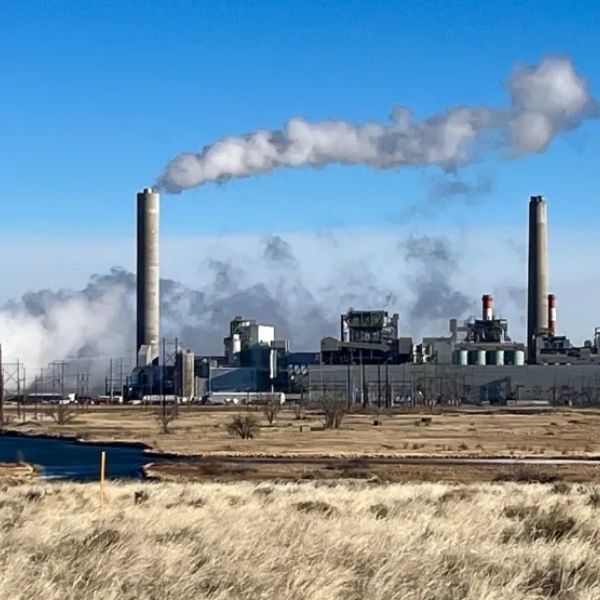



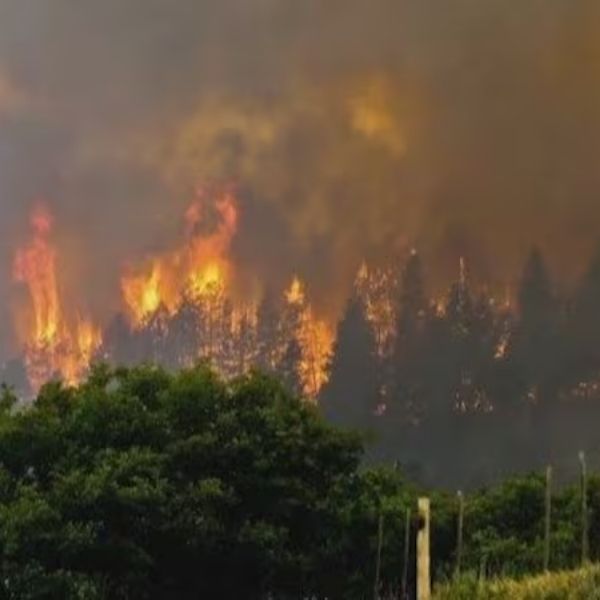



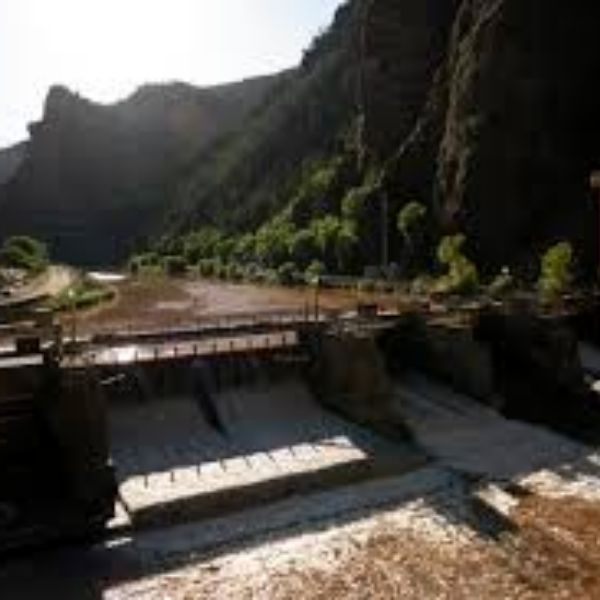
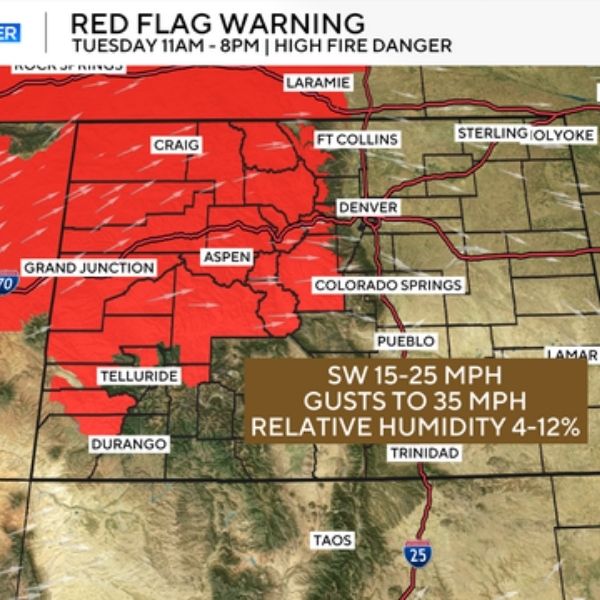
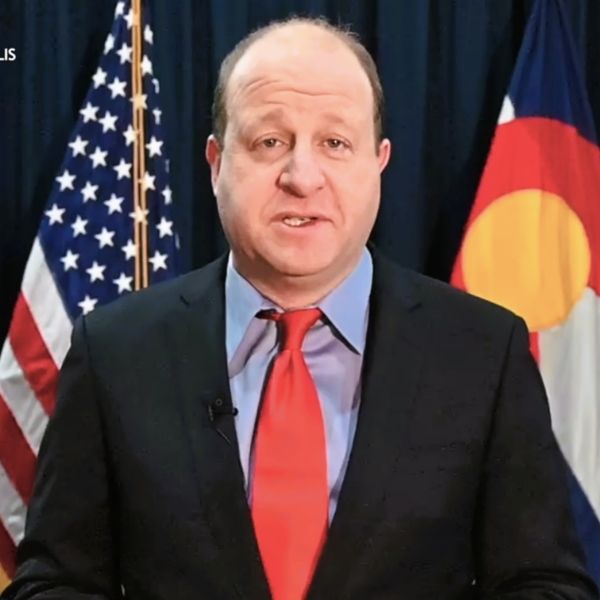



Leave a Reply